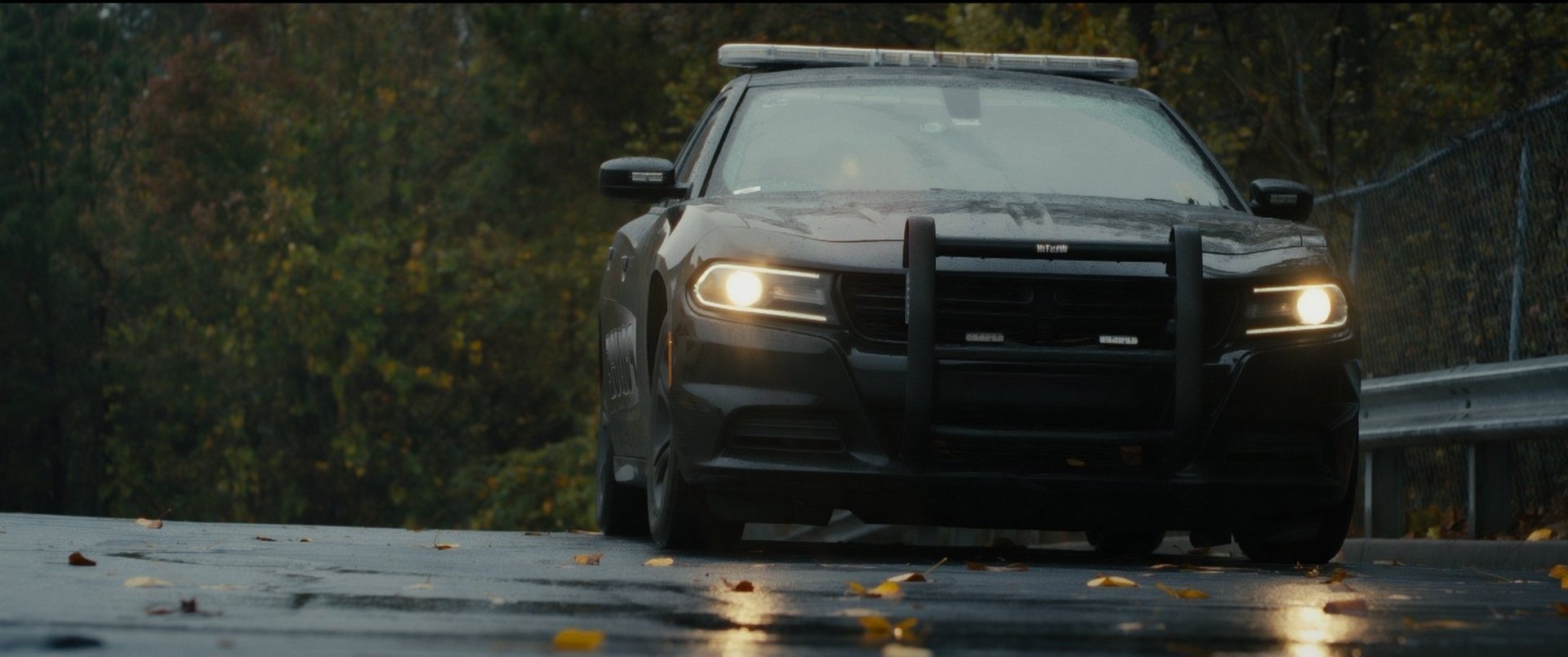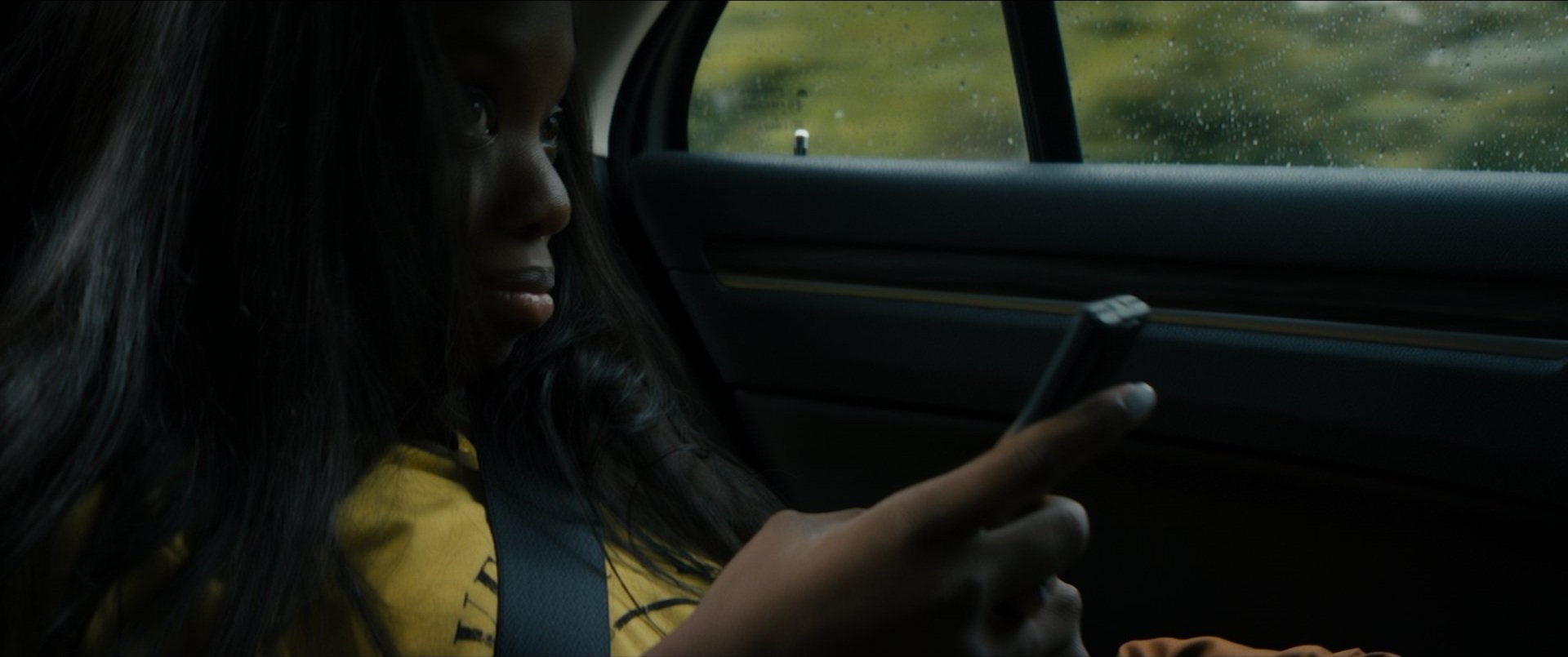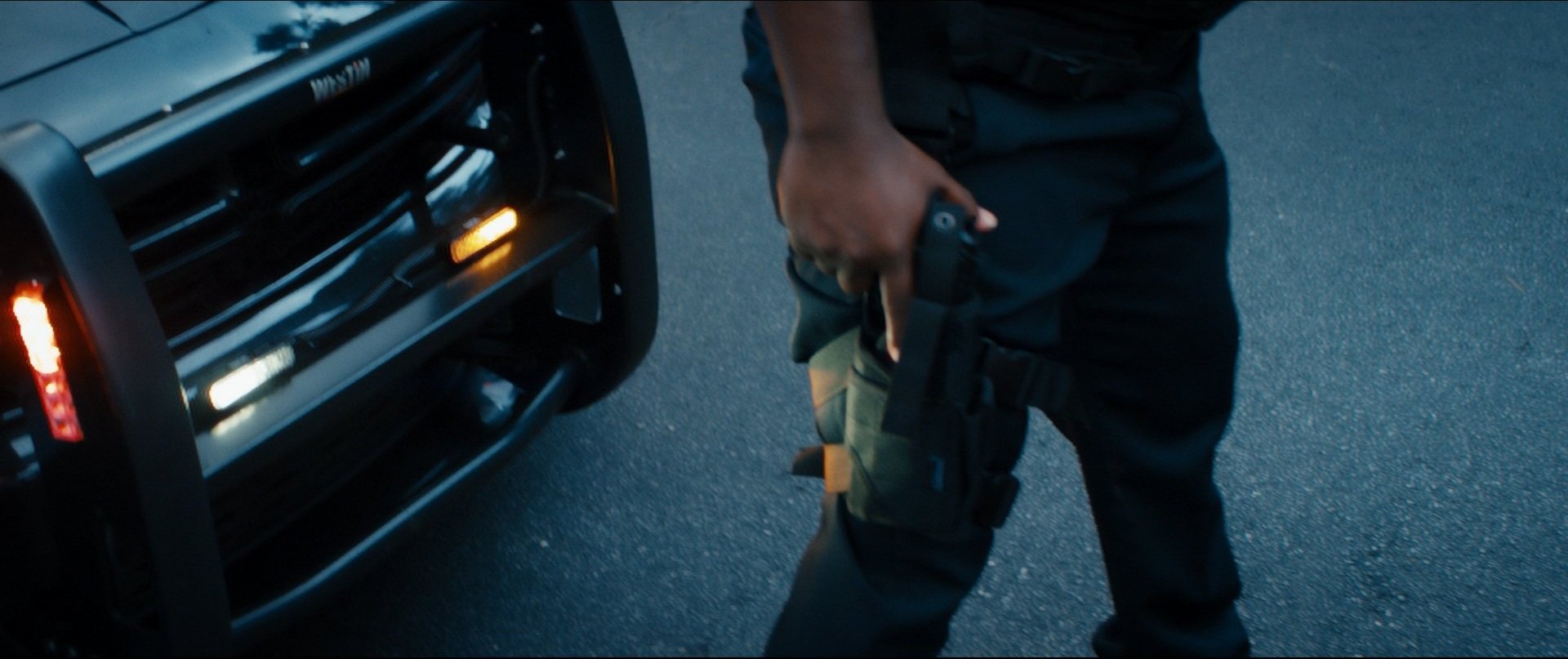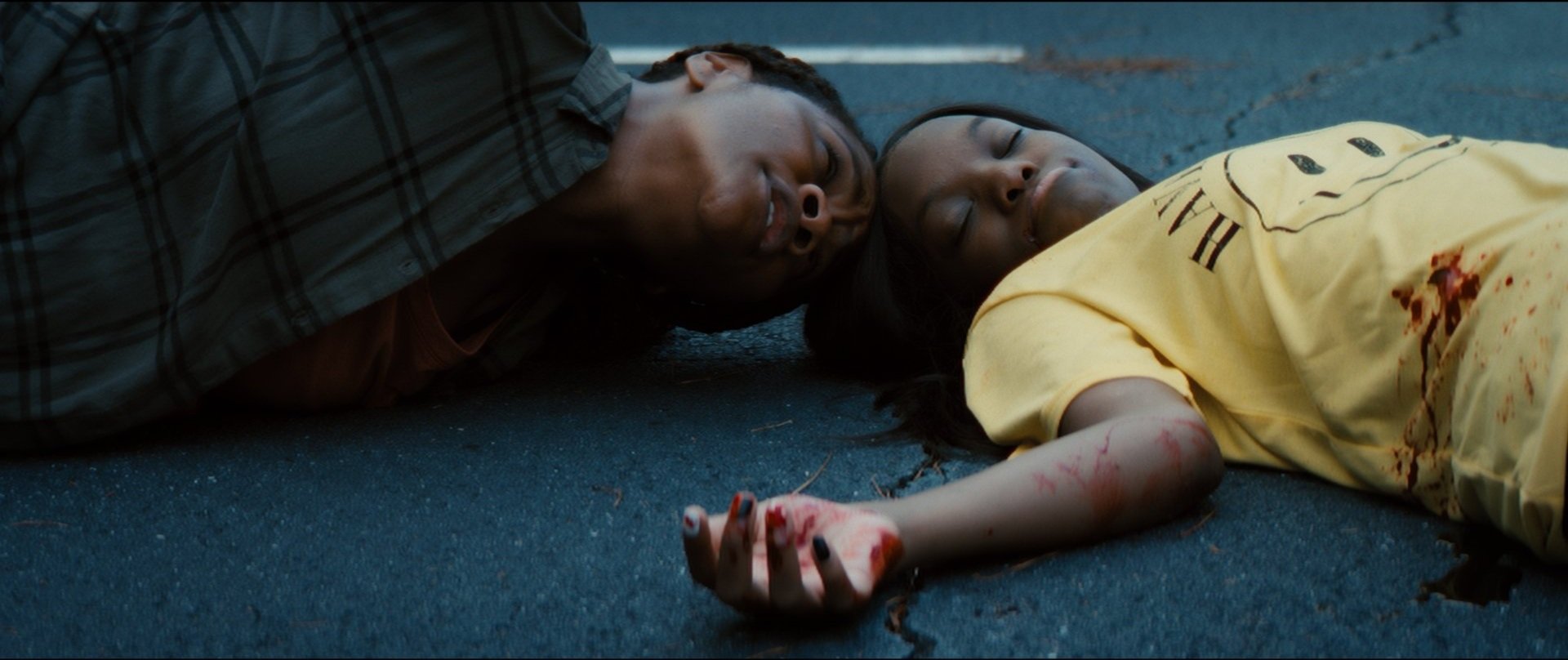

The Ask
Client: Phyll-Good Entertainment
Project Type: Film and TV
Location: Atlanta, GA
The Producer at Phyll-Good Entertainment approached me after being disappointed with the original cut of On Deaf Ears. She felt the film lacked emotional weight, production polish, and narrative cohesion. What she envisioned as a powerful, socially relevant story felt amateur in execution — and risked misrepresenting the quality and intent of her studio’s work.
She wanted a fresh take. A total reset.
One that could do justice to the complexity of the subject matter — and move audiences in the process.
Objectives
Spark meaningful dialogue about the intersection of law enforcement and cognitive disabilities
Highlight the weight of every character’s decision, showing how each one contributes to the final conflict
Humanize all parties — mother, child, and officer — in a way that evokes empathy rather than easy judgment
Elevate production quality to align with the studio’s professional standards

The Challenges
Weather Delays: Rainstorms disrupted nearly every planned shoot day, forcing us to film between weather windows and rework blocking, coverage, and even some full scenes
Limited Actor Availability: Two of the three main actors were out-of-state, requiring tight, inflexible scheduling to capture key scenes
Legal Restrictions: Our police car rental couldn’t be filmed on public streets, complicating the planned pursuit scene — and requiring creative alternatives

MY APPROACH
Reframing the Story
The first major pivot was about tone and perspective. The original film positioned the white police officer as a clear antagonist — a choice that felt reductive and too easy. I asked the Producer a key question: “Does he have to be white?” She said no — because that wasn’t the story she wanted to tell. The incident wasn’t about race. It was about fear, misunderstanding, and the tragic consequences of assumptions. By removing race from the subtext, we opened space for a deeper, more nuanced emotional inquiry.
Restructuring the Narrative
We also changed the timeline.
Rather than building up to the shooting, we opened with it — putting the outcome up front so that the audience wouldn’t ask what happened, but instead: “How did it come to this?” That shift reframed the entire film around accountability, empathy, and process — which aligned far more closely with our goals.
Consulting with Law Enforcement
To portray the officer with legitimacy and avoid demonization, we worked directly with a police officer to ensure procedural accuracy. The officer’s actions in the film had to be believable, not theatrical. It was vital that the escalation felt human, not scripted.

THE CURVEBALL
Because On Deaf Ears centers around a fatal police shooting, safety and realism were both non-negotiable. We needed to film the climactic scene with extreme care — ensuring emotional authenticity without compromising safety on set.
To guide us through this, we made a strategic decision: the same officer who consulted on the script agreed to portray the police officer in the film. This allowed us to preserve procedural accuracy while keeping a trained eye on how the scene was executed. He became both actor and on-set safety consultant.
Additionally, we used a prop firearm and treated it with the same protocols as a real weapon. It was checked before, during, and after each take, with cast and crew looped in on every stage of handling. The atmosphere on set was respectful, secure, and trauma-aware — ensuring everyone felt safe, prepared, and focused.

The Result
Despite production hurdles, On Deaf Ears launched to positive reviews and emotional resonance. The film has screened at festivals across the country, earning awards and — more importantly — sparking conversations in exactly the communities we hoped to reach.
One unexpected but deeply validating moment:
A police chief reached out to the Producer to express interest in using the film as part of his department’s training program.
The Producer was thrilled not only with the final film, but with the process and partnership that made it possible. So much so, she’s now collaborating with our team on future productions.






